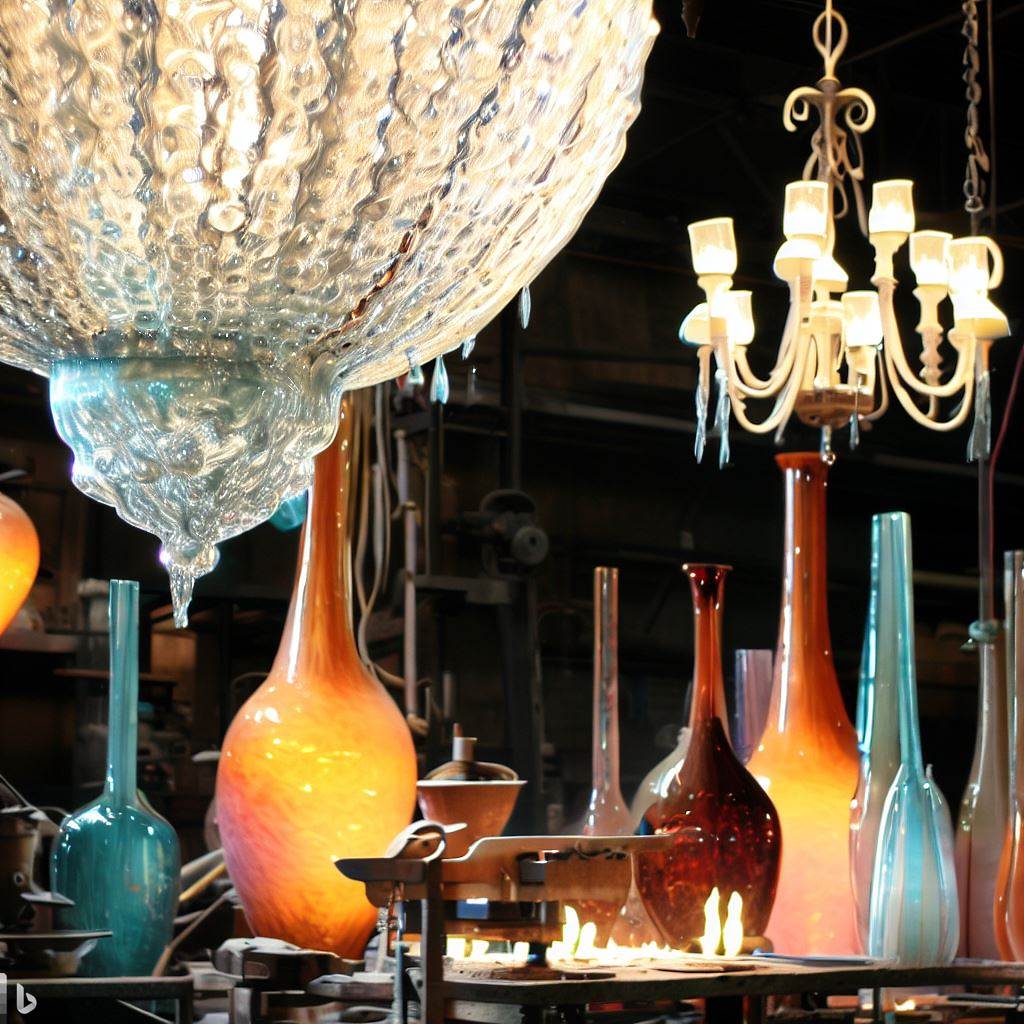The Form and Function of Hand-Blown Glass
For thousands of years, glassblowers have shaped molten glass into both practical items and imaginative art objects. Vessels, windows, and tableware serve daily needs while sculpture, chandeliers, and decorative pieces enchant with their dazzling beauty. Exploring the diverse creations blowing glass makes possible highlights its versatility spanning both form and function.
Traditional Table and Housewares
Glassblowing first gained popularity by producing glassware for dining and drink. Intricate goblets, pitchers, bowls, and decanters adorned the tables of nobility and the wealthy. Even today, fine hand-blown glassware graces exclusive resorts and homes. Traditional techniques like ribbon stems and applied feet maintain continuity with history in modern tableware interpretations.
From champagne flutes to salad bowls to candle holders, blown glass brings elegance and artistry to meal settings. Handmade quality and style elevate ordinary dining experiences. For special occasions, hand-blown glass’s festive flair sets a celebratory mood.
Scientific Instruments and Labware
Beyond decor, blown and molded glass enables scientific tools for research labs. Glass’s transparency, chemical resistance, and customizability are ideal properties for experimental apparatus. It withstands high temperatures and vacuum conditions. Borosilicate glass resists reactivity and thermal shock.
Artisanal glassblowers collaborate with scientific institutions to produce meticulously calibrated custom pipes, flasks, tubing, condensers, and containers supporting discoveries across physics, chemistry, and biology. Though rarely seen, labware blown by specialized artisans enables modern scientific advancement.
Stained Glass Windows
For centuries across cultures, blown glass panes cut into stained glass compositions filled sacred sites with divinely inspired light. The technical expertise required to produce clear uniform glass for large window sections advanced considerably during the Middle Ages, enabling cathedrals to incorporate illuminated stained glass windows which still fill visitors with awe today.
Contemporary artists keep these traditional techniques alive through new secular works and architectural restorations. Their mastery turns transmitted light into visionary artworks. When cut and assembled into mosaic patterns or scenes, glass windows sing with vibrant sanctified splendor.
Sculpting Glass Artworks
Once glassblowing fundamentals are mastered, many artists push their technical skills to sculptural extremes. Gravity and tools manipulate blown glass into figurative shapes, abstract forms, aquatic creatures, botanical elements, and fantastic beings from imagination. Glass possesses unmatched versatility for capturing artistic visions in 3D.
For some sculptors, the glassblowing process itself performs as mesmerizing kinetic art. Their performances record the fluid dance of molten light. Finished sculptures freeze spectacular moments within these dances into permanence.
Monumental Installations
When scaled up, architectural glass installations create immersive environments harnessing light’s transcendent power. Museums and public spaces commission massive chandeliers and cascading glass features that redefine interior volumes through brilliance and refraction. Most require extensive engineering collaboration between glass artists, architects, and fabricators to properly support and install these magnificent undertakings.
Dale Chihuly’s ambitious glass ceilings overwhelm with colorful radiance. Such soaring works make glassblowing operatic on a grand scale. Their vibrant presence charges entire public areas with dynamic energy.
The Poetry of Glass: Artistry Beyond Craft
Whether as vessels or windows, glassblowing unquestionably serves utilitarian roles vital to civilization’s advancement. But we must also celebrate the passionate human poetry woven through these functional forms. For in the articulation of line, curve, weight and light unique to each hand-shaped object exists the breath of its maker – their rhythmic dance with glowing molten material reflecting life in its fullest flow.
